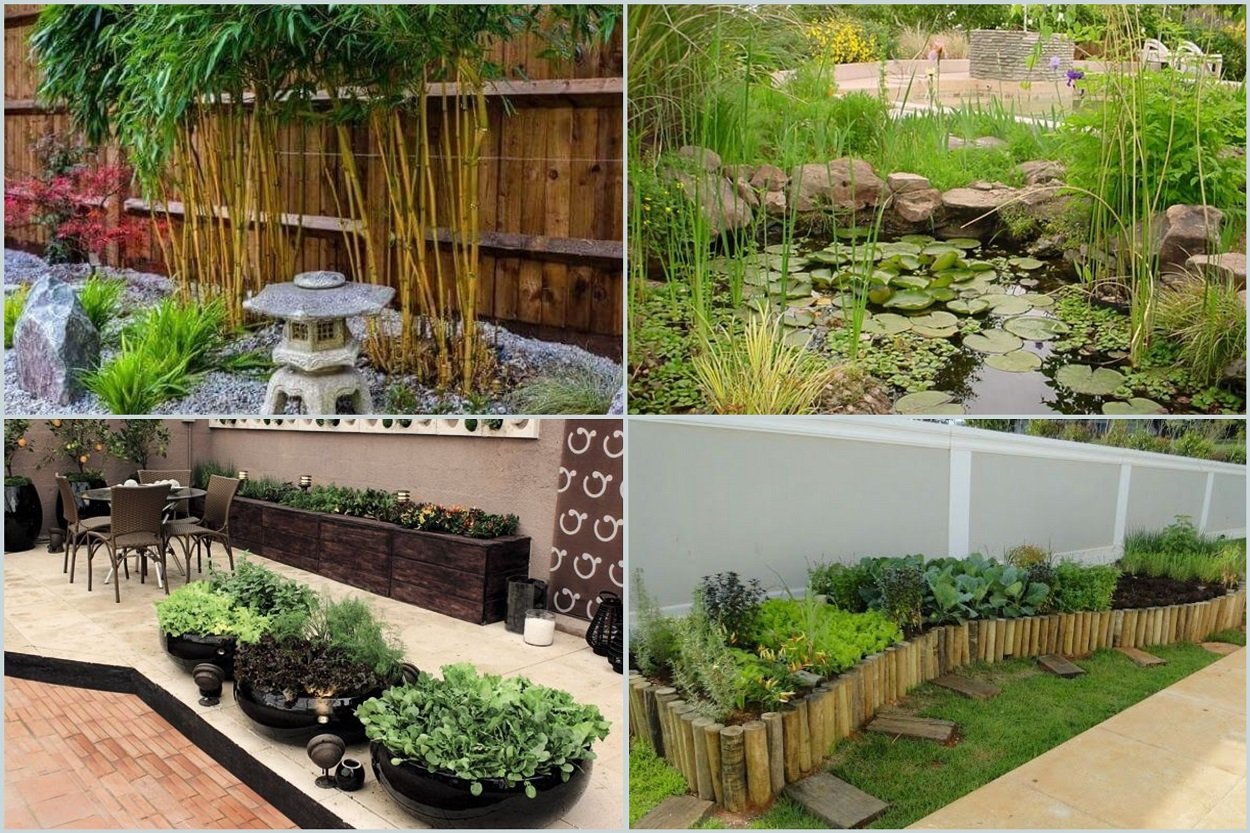Certainly, investing in gardening is a great way to make your home more beautiful. As functional landscaping, however, this is not the only objective. At the same time as it has the purpose of decorating, this type of green area must also play a practical role.
Therefore, some of the options are to create a vegetable garden or orchard that provides food; a space that awakens the senses and even a place with plant species that attract animals such as birds, bees and butterflies. Do you want to know more about the subject and discover how to set up your own functional garden? Keep reading!
Take advantage and check out how to create an urban Jungle by decorating your home with plants, discover how to decorate a gourmet barbecue area or get inspired with 30 vertical garden models.

What is functional landscaping?
Above all, the functional landscaping has the proposal to integrate, in the same gardening project, the aesthetic aspect with practicality. This way, everything in the space is planned to achieve a purpose. And it can be ecological, educational, nutritional, social or even therapeutic.
If the purpose of the garden is to produce food, for example, all choices must have this function in mind. It all starts with selecting the food species that do best with the local climate.
Additionally, you need to find an area that receives enough sunlight. But there should be no people passing by, so as not to hinder the growth of the vegetables. Finally, the soil needs to be prepared appropriately to receive the seedlings.
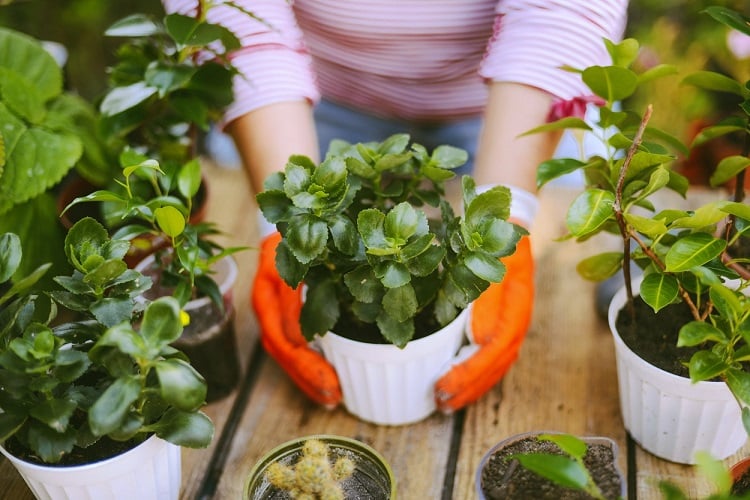
What are the advantages of functional landscaping?
According to an article published by Revista Ciência, Tecnologia & Ambiente, the functional landscaping brings the opportunity to optimize the available space in cities. This is because, with urbanization, the available footage has become limited. Therefore, every centimeter needs to be used intelligently, without waste.
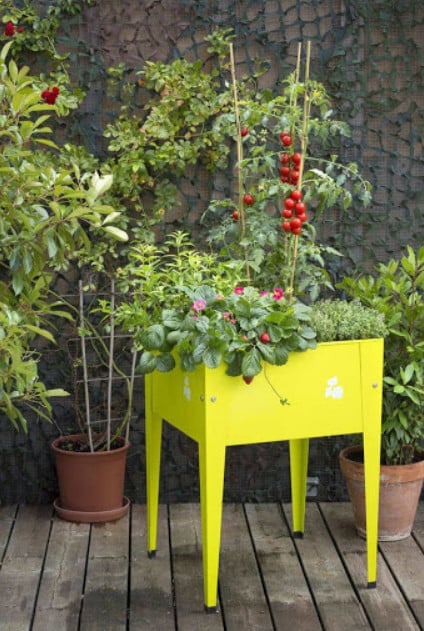
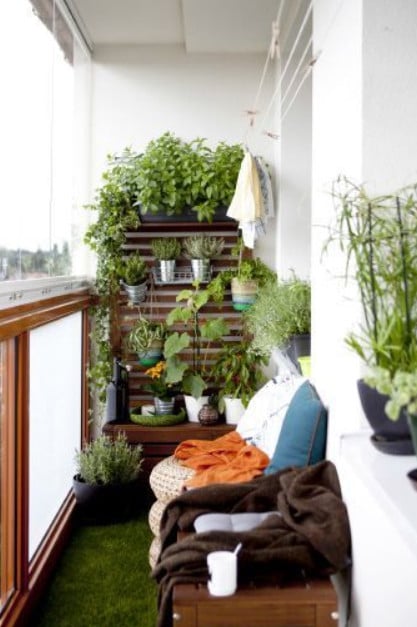
Green areas are essential and need to be included in architectural projects. They allow an increase in the population’s quality of life, since plants have a visual appeal. At the same time, they improve air conditions and also create shade, easing the thermal sensation on hotter days.
Adding even more functions to gardening – such as producing fruits, vegetables and medicinal herbs; or to serve as a shelter for small animals – we gain even more benefits from the functional landscaping.
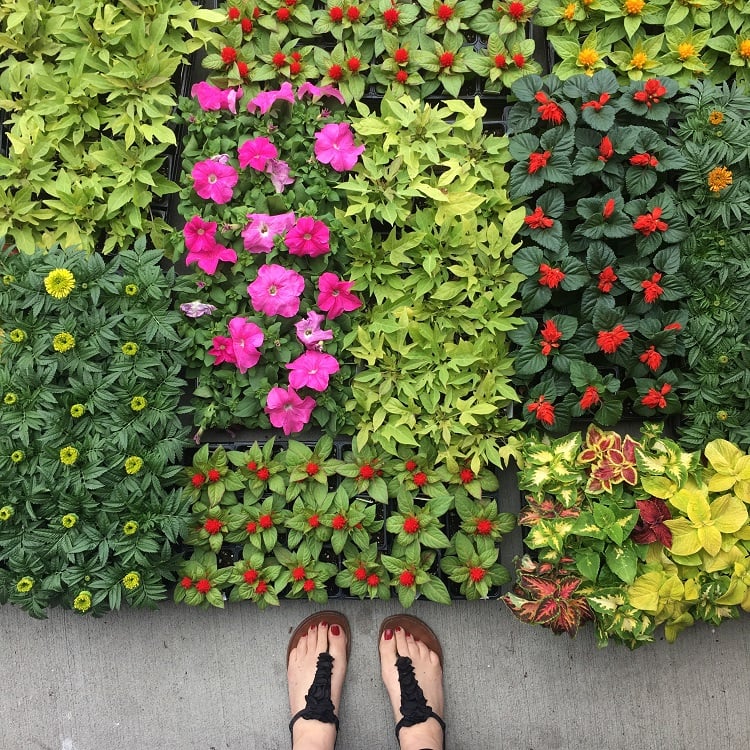
Types of functional landscaping
A garden can be beautiful and useful in many different ways. It may contain edible species, flowers that attract birds and insects or perform other practical functions for its users. Know more!
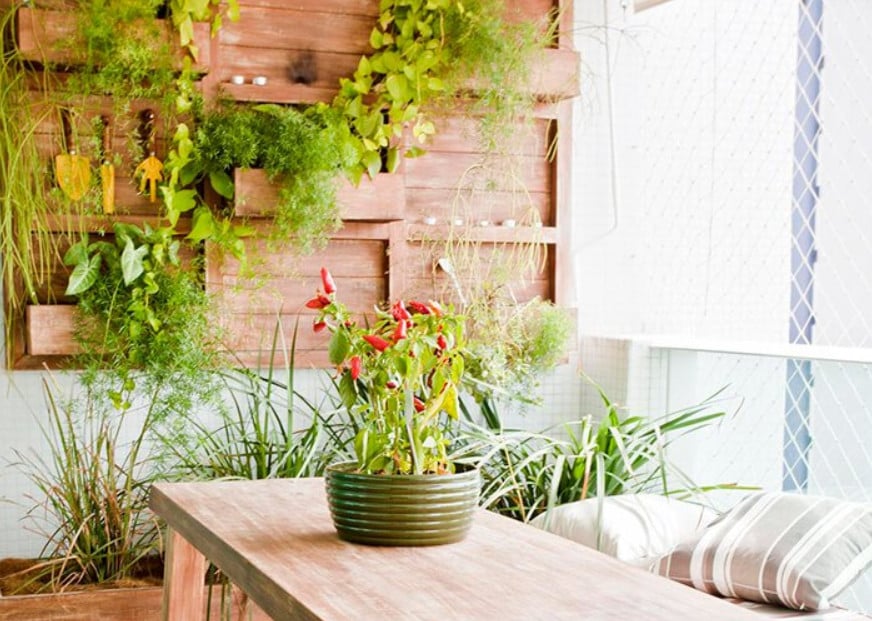
Productive landscaping
This is the name given to the ornamental use of plants that can be ingested. The vegetable gardens and orchards, in fact, are perfect for those who want to grow their own food. And the best part: it is possible to obtain pesticide-free fruits, vegetables and seasonings. And therefore healthier!
You can even practice this type of functional landscaping in small spaces. Just use pots and planters to plant your seedlings.
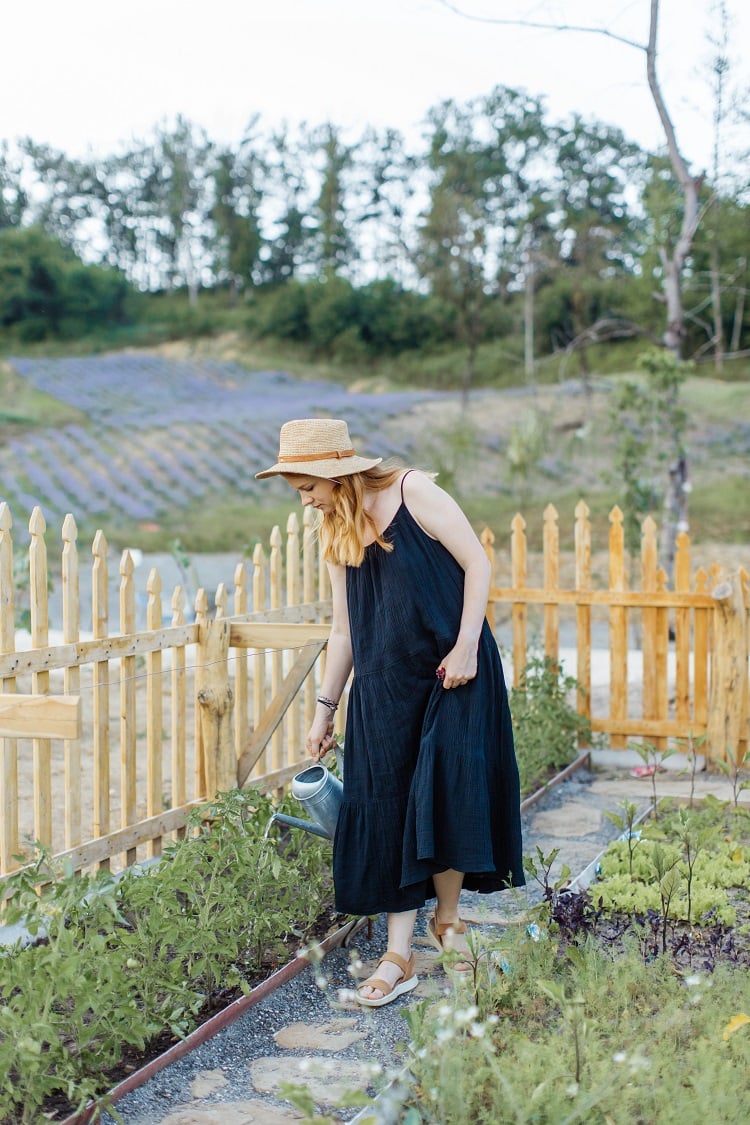
Medicinal herb garden
Another type of functional landscaping is the cultivation of species that can benefit health. There are several herbs that, when used to make teas, infusions and poultices, work as natural remedies and alleviate the most diverse symptoms.
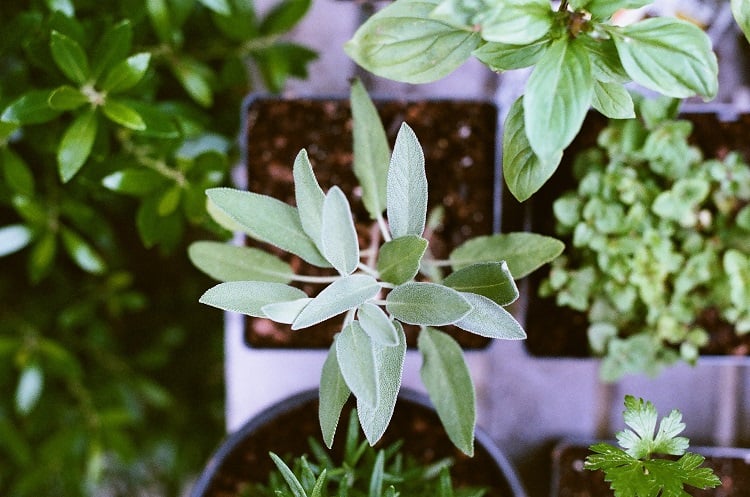
Garden with spices and teas
You can also make a garden with herbs used in spices and teas. Such as rosemary, thyme, oregano, lemongrass, lemon balm. So, in addition to bringing more flavor to your recipes, they are also healing foods and you can also make delicious and completely natural tea.
Do you want to know more about the benefits of medicinal plants and spices? So, check out all the properties of Ora-pro-nobis, discover the advantages of consuming mint tea and discover how to make oregano tea, a powerful antioxidant and anti-inflammatory. In addition to the nutritious fish from the garden.
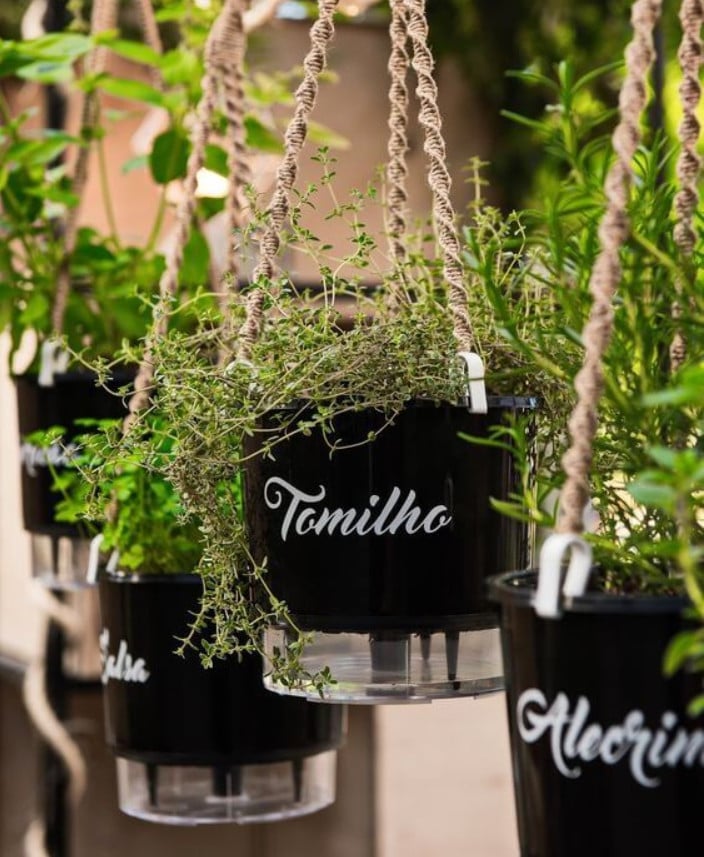
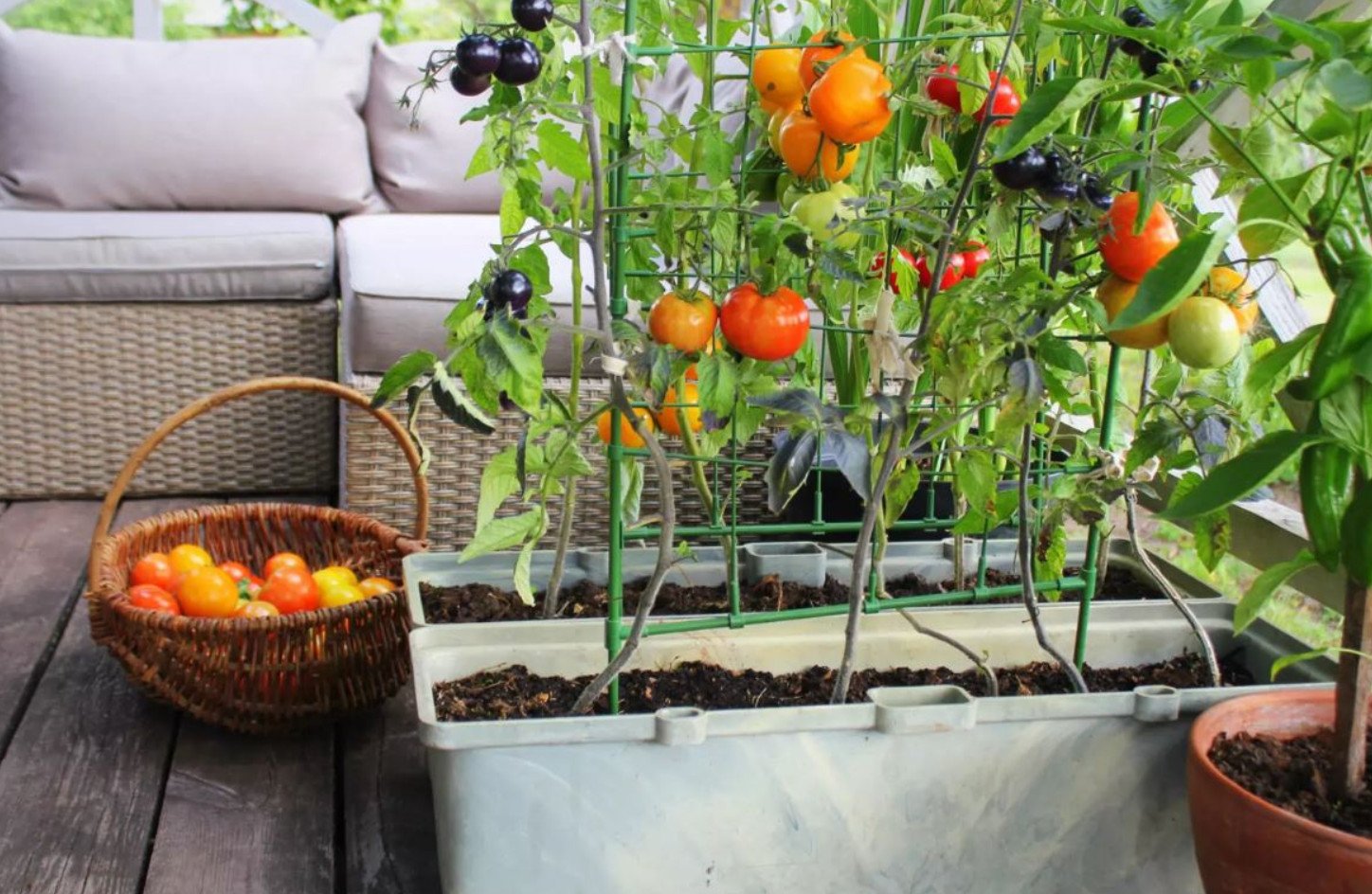
Animal shelter and food
Do you like watching birds and butterflies in their natural habitat? Choose flowers such as lavender, amelia, princess earrings, caliandra, May flower, sunflower, heliconia, daisy, mary without shame and verbena to attract them to your garden. It is also possible to install houses, feeders and waterers for these animals.
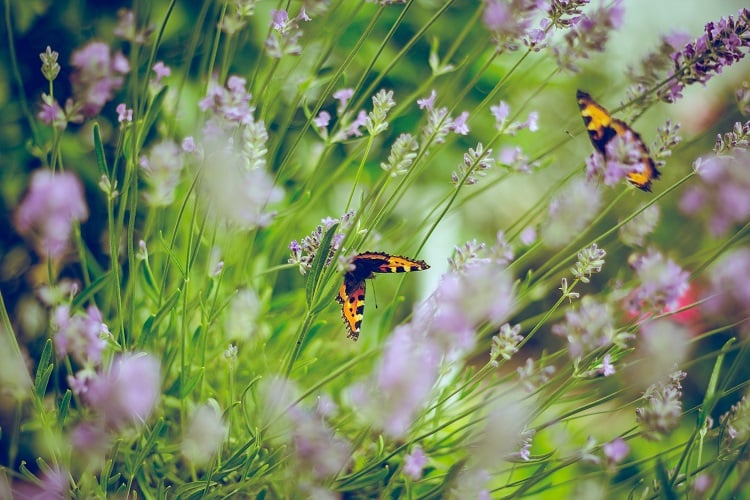
Filter garden
Did you know that lakes and rivers can be revitalized with the use of floating plants? This is the case of water hyacinth, elodia, duckweed, papyrus, foxtail, Chinese umbrella, cattail and water lily. This is because these aquatic species act as filters, extracting pollutants from the water. At the same time, they increase your oxygenation. Plus, they make the space much more beautiful!
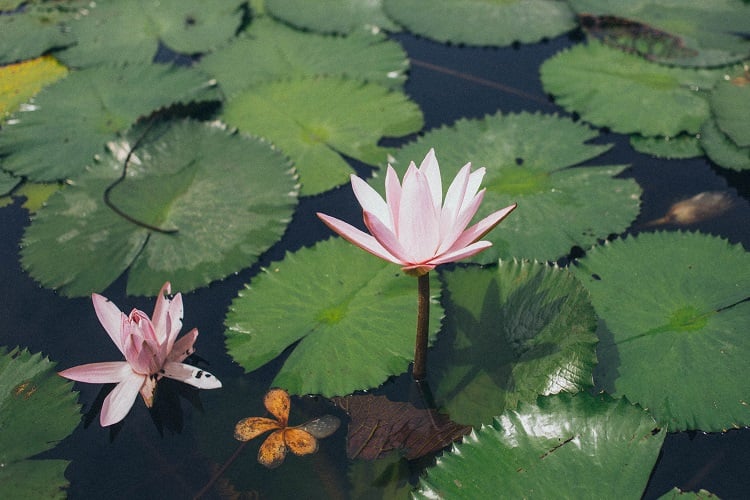
Environmental recovery
Gardens can also be sustainable. This is because growing plants improves air quality. And, if done without the use of pesticides, it helps to restore the integrity of the soil.
Furthermore, with a greater green area in cities, the infiltration of rainwater into the land becomes easier. As a result, floods and floods are avoided.
Investing in landscaping can, in fact, influence the micro climate. Just to illustrate, a green roof installed in an urban area reduces the temperature of so-called heat islands.
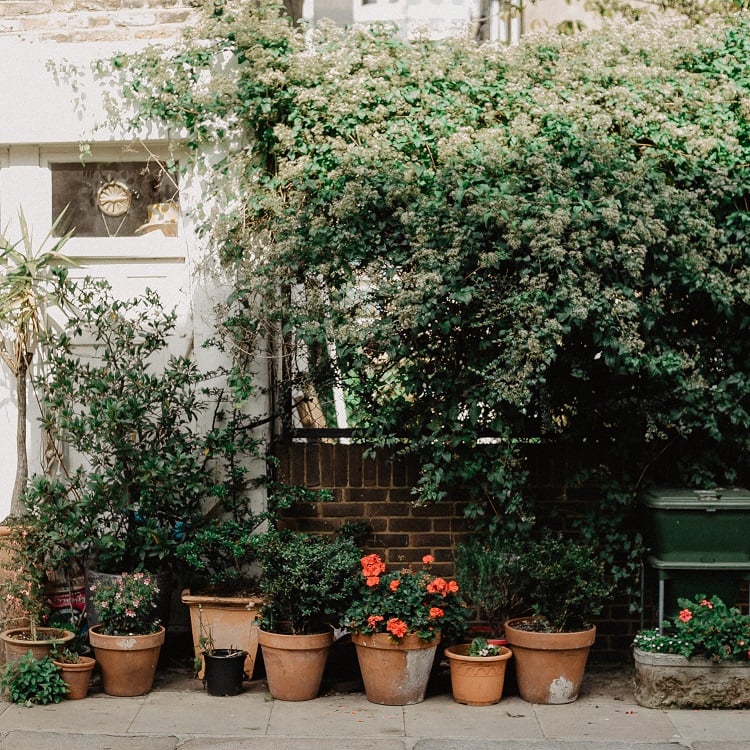
Sensory garden
In order to stimulate the five senses, this type of functional landscaping mixes plants of different colors, shapes, aromas, textures and flavors. To sharpen your hearing, it is possible to add fountains and aquariums to the project.
In this way, the sensory garden encourages more complete contact with nature. It can also have a therapeutic effect and is a great tool for inclusive education.
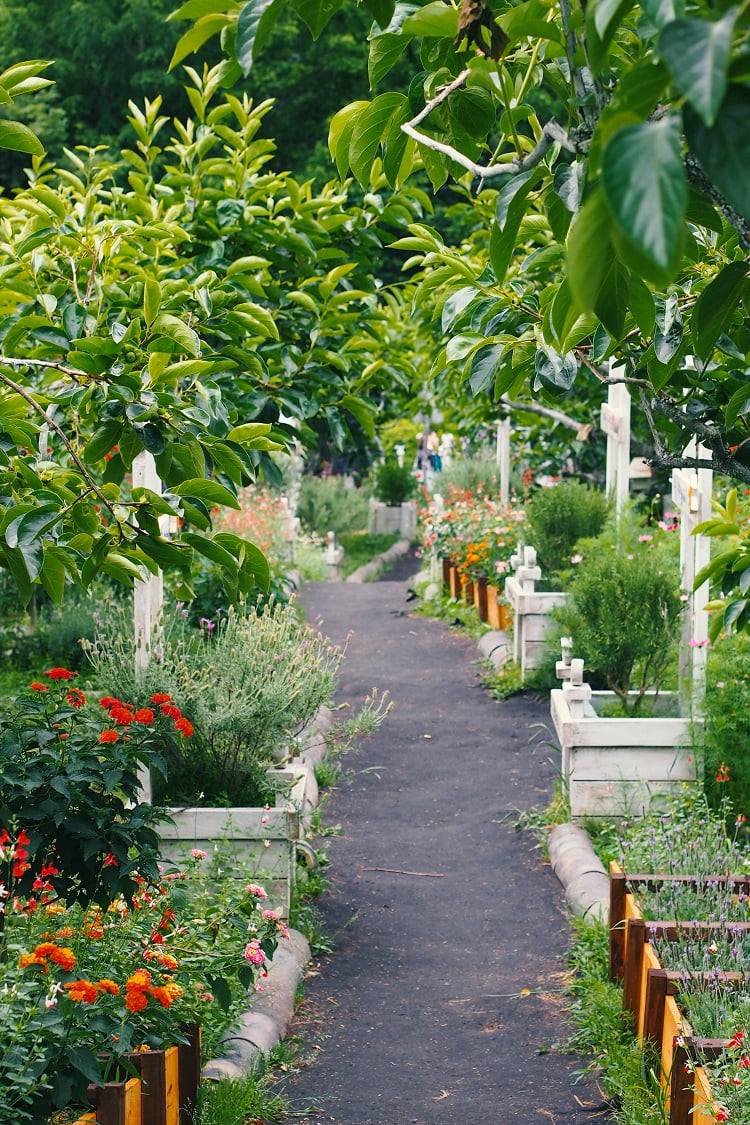
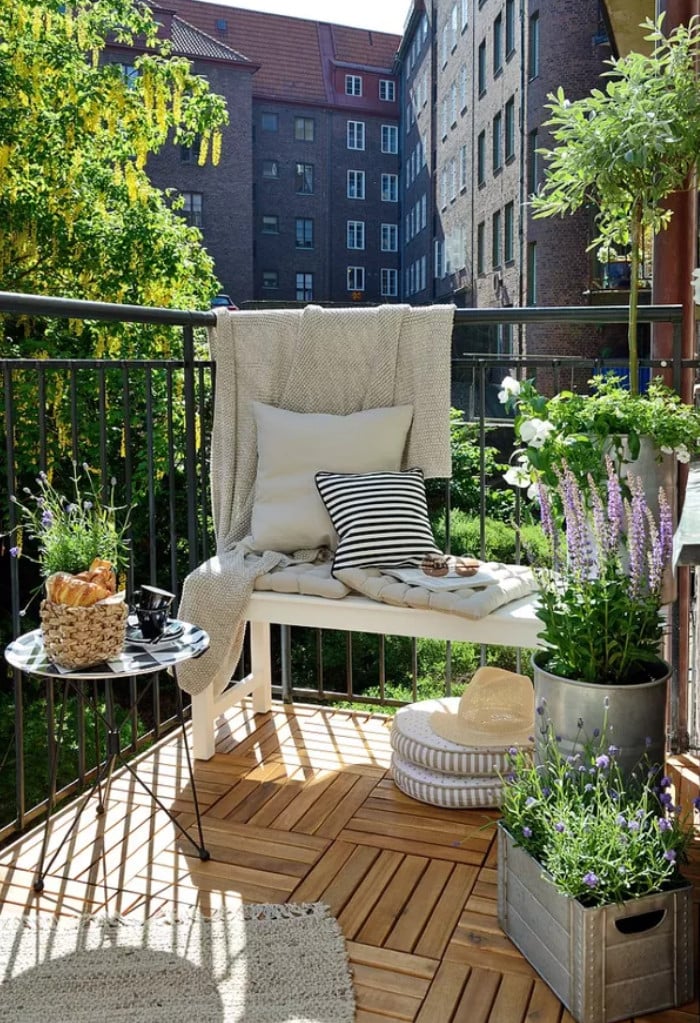
Zen garden
Also known as a Japanese garden, it is a space to promote relaxation of both body and mind. It is the ideal option for those who practice meditation or are looking for a place to contemplate the natural elements.
In this style, each decorative element and each species of plant are chosen carefully in order to create a result full of harmony.
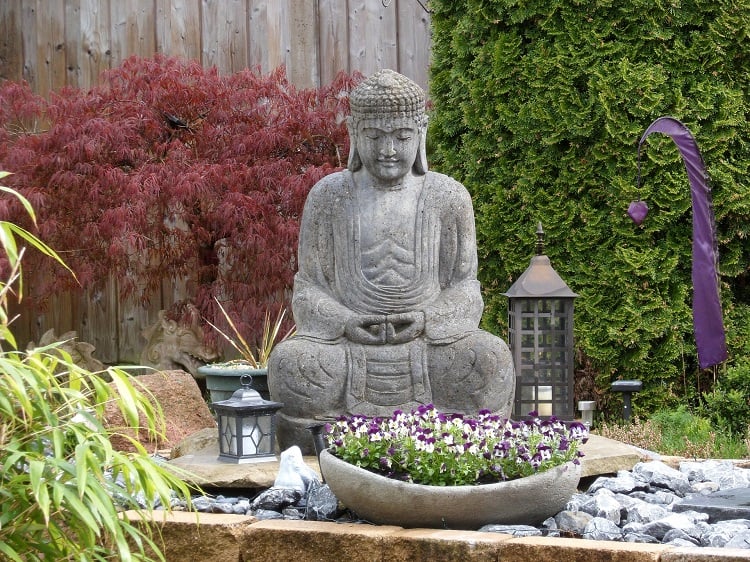
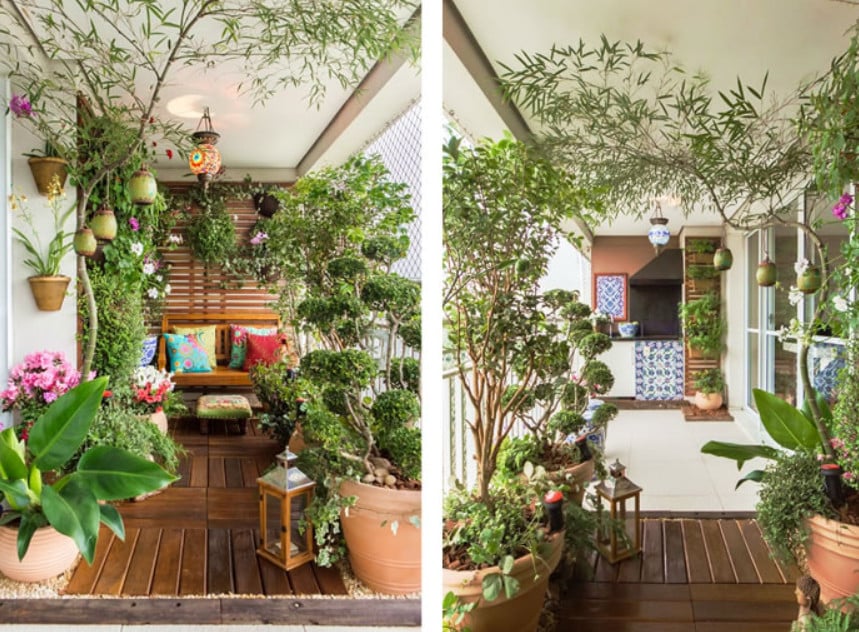
Finally, now that you know everything about functional landscaping, how about reading more about interior design? Check out how to use Black in decoration, stay up to date with the Burnt Cement decor trend or even see why natural materials are on the rise.
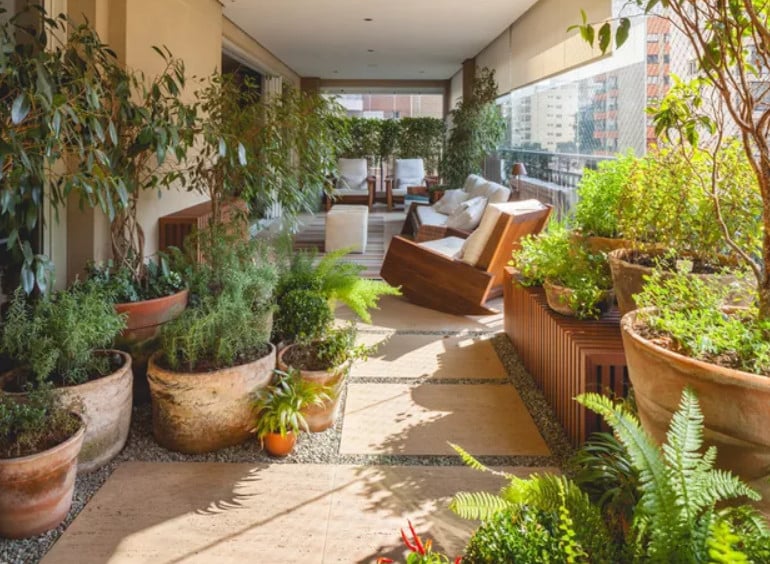
Alane Dias, Isabelle Nogueira and Lucas Henrique are on the 19th Paredão! On Tuesday, another one of them says goodbye to the house; Which brother do you think will leave the program? Participate in the vote in the Fashion Bubbles poll and check partial results in real time!

Sign up for our newsletter and stay up to date with exclusive news
that can transform your routine!
Warning: Undefined array key "title" in /home/storelat/public_html/wp-content/plugins/link-whisper-premium/templates/frontend/related-posts.php on line 12
Warning: Undefined array key "title_tag" in /home/storelat/public_html/wp-content/plugins/link-whisper-premium/templates/frontend/related-posts.php on line 13

